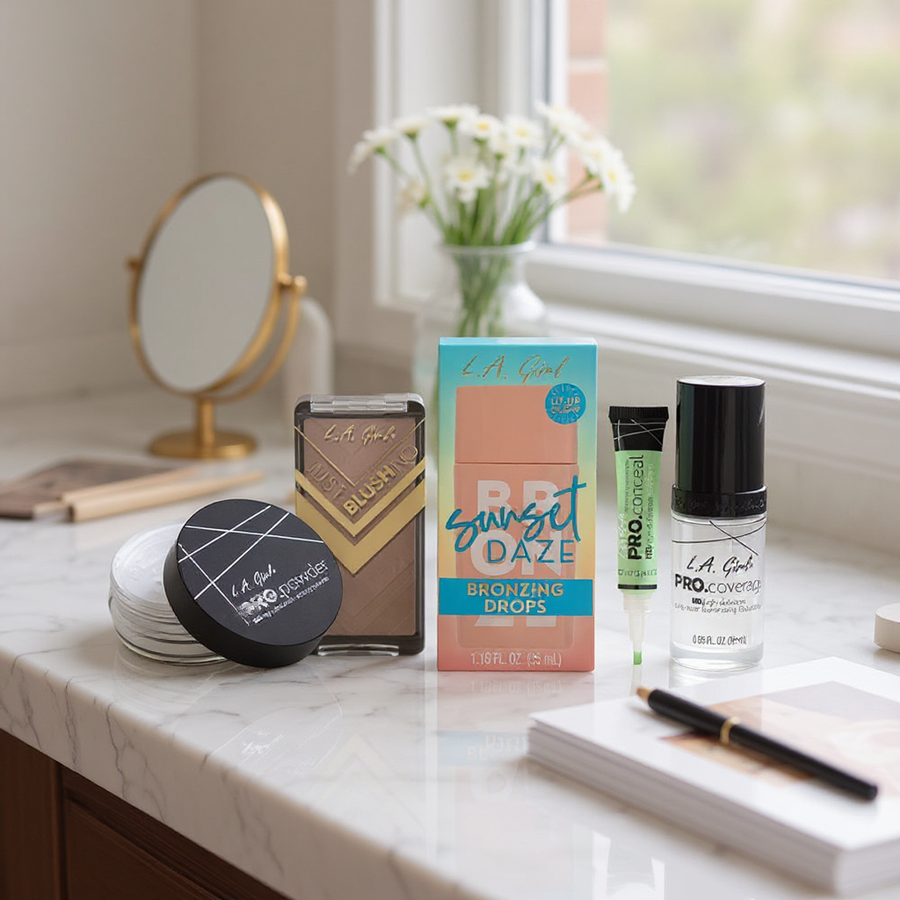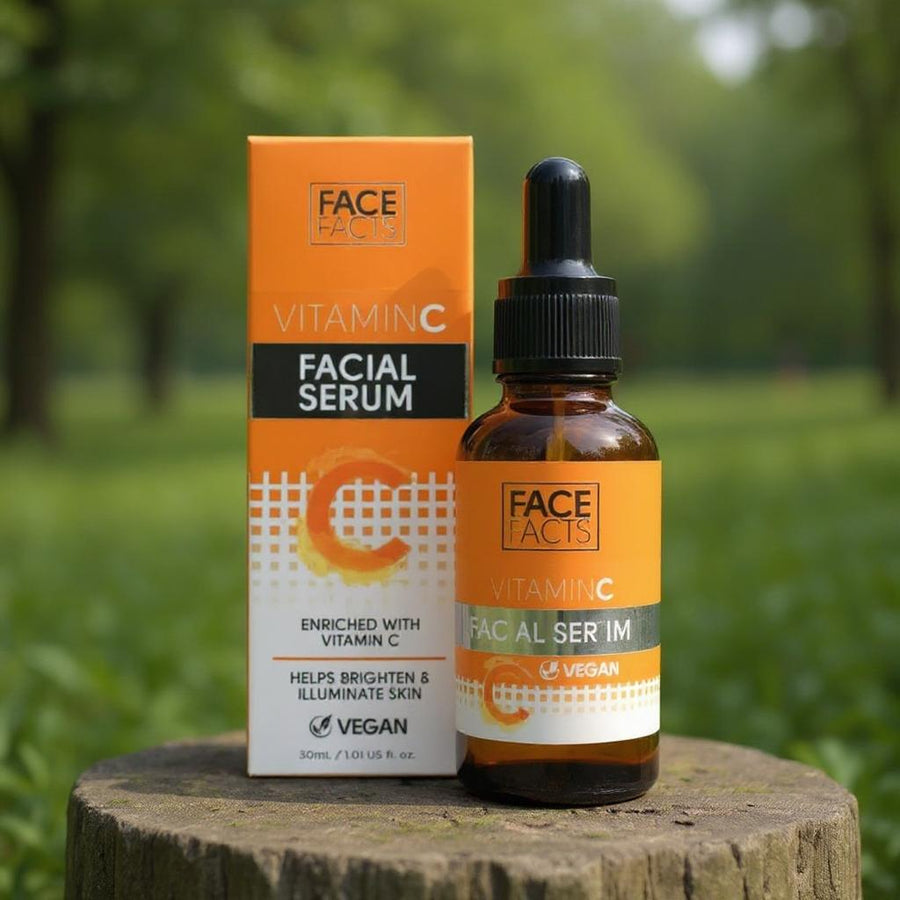How to self-tan at home

We may not have the money, time or resources to get a spray tan every couple of days like the A-listers that swarm our Insta feeds, but thankfully we now have so many readily accessible self-tanning solutions that we can use to achieve our own golden glow in the comfort of our own home.
If you’re a total newcomer to the tanning world, the process can leave you a little dumbfounded. Do I shave before I tan? How long do I have to wait to shower again? What if I turn orange?!
If you want to achieve that beautiful bronzed bod but have no idea where to start, here’s a quick run through on how to tackle self-tanning.

Instagram credit: bondisands and fakander
Preparation
Before you begin slathering self-tanning solution all over your body, there are a few steps you need to tick off first.
Have a good shower and exfoliate the areas where you will be tanning with a washcloth, loofa or scrub brush to ensure smooth application. Focus on rough areas like your elbows, knees and ankles. Self-tan tends to stick to dead skin cells and dry patches so make sure your body is soft, smooth and ready to go!
If your skin is particularly dry, apply moisturiser after exfoliating and allow it to soak into the skin for about an hour before applying your self-tanning product.
If you shave, be sure to shave before applying self-tan as the hairs can get in the way of an even application.
Application
You will need:
Your self-tanning product of choice
A tanning mitt or latex gloves
A makeup brush (Optional)
Loose clothing that you don’t mind dirtying
Old sheets, towels or plastic that you don’t mind dirtying
Protect your space from stains by laying old sheets, towels or plastic that you don’t mind dirtying on the floor and other surfaces and move any other items out of the way.
Put on your latex gloves or tanning mitt to save your palms from the orange ‘I-obviously-self-tan’ hands from hell.
Once your body is completely dry from your shower and/or moisturising, you can start applying your self-tanner.
Squeeze a small amount of tanning product into the palm of your hand and spread it onto your skin in large circular motions starting from just above the ankles and working your way up. Focus on one body part at a time to ensure that you aren’t missing any spots. It may be good to get a friend to help you with applying product to your back for the best results.
You can also use a back applicator for those hard to reach places.
Go back and spread remaining product onto your wrists, knees, elbows, ankles and the tops of your feet for a natural-looking tan. It’s good to dilute product with a moisturising lotion as these areas tend to soak up a lot of product. You might even choose to use a makeup brush to ensure blended application.
When tanning your armpits, make sure you dilute product with a damp cloth to avoid an unnaturally dark development.
If you’re going to tan your face, make sure you read the instructions on the bottle first and apply product sparingly.

Instagram credit: bondisands and tialineker
After Care
Ideally, it’s best to avoid getting dressed for over an hour. If this isn’t an option, dress in loose clothing that you don’t mind dirtying.
Avoid contact with anything for the first 15 minutes and refrain from contact with water or sweat-inducing activities for the first three hours.
Wait for eight hours before showering, bathing or deciding whether to apply more tan. This leaves enough time for your tan to develop.
To stop your tan from running, rinse in cool water. Remove overly dark tan by scrubbing the area.
To keep your tan at its best, be sure to moisturise your skin every day and protect it with sunscreen.


